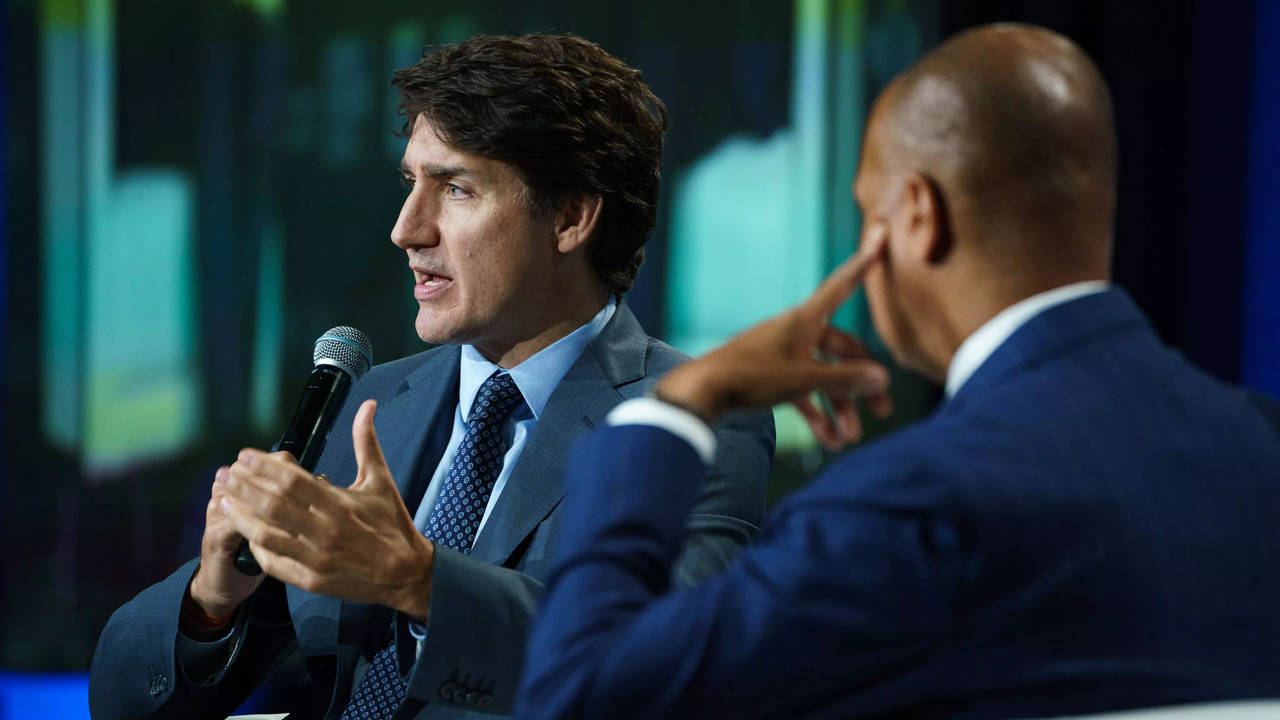Table of Contents

Canada has announced a significant reduction in immigration numbers, marking a shift in policy by Prime Minister Justin Trudeau’s government. After years of strong immigration surges, the move aims to slow population growth so that the economy and public services can catch up.
Immigration is central to the story of Canada. Our decision to temporarily reduce the number of immigrants is a pragmatic one that addresses the needs of our economy right now. pic.twitter.com/MmNvfqcHBy
— Justin Trudeau (@JustinTrudeau) October 24, 2024
Sharp Drop in Permanent Residents
We’re going to significantly reduce the number of immigrants coming to Canada for the next two years. This is temporary — to pause our population growth and let our economy catch up.We have to get the system working right for all Canadians.
— Justin Trudeau (@JustinTrudeau) October 24, 2024
Trudeau announced the revised strategy on social media on October 24, announcing that the goal of 500,000 permanent residents by 2025 will be lowered to 395,000. This is a reduction of 21%. Trudeau stressed that the cuts are just temporary and will last for the next two years. In response to the difficulties brought on by post-pandemic immigration surges, he stated, "We didn’t get the balance quite right,"
By 2027, the updated goal of 365,000 additional permanent residents will continue to decline. The restrictions come after cuts for temporary foreign workers and international students were already announced.
Economic and Social Pressures
Growing worries over immigration's effects on social services and housing have caused a shift in public thinking in recent years. According to a recent survey by the Environics Institute, 58% of Canadians now think that immigration is too high. In contrast, the public has historically supported Canada's open immigration policy, which has long been a pillar of the nation's demographic and economic development.
Last year, immigration accounted for 97% of Canada's fast population increase, placing a strain on the nation's resources. Youth unemployment has surpassed 14%, while the unemployment rate has increased to 6.5%. Economists have cautioned that the nation's growing population is making housing and healthcare problems worse.
Balancing Labor Needs and Public Services
Trudeau said, "Our immigration system has always been responsible and flexible," acknowledging the difficulties. He acknowledged, nevertheless, that the government failed to sufficiently strike a balance between the demands on public services like housing and healthcare and labor requirements. Canada has come under fire for boosting immigration without adequately strengthening its infrastructure to support the expanding population.
After the COVID-19 epidemic, the government increased immigration, mostly due to labor shortages. Since Trudeau assumed power in 2015, the number of permanent residents has grown dramatically, rising from 272,000 to 485,000 in 2023.
Criticism and Response
The changes have drawn criticism from advocacy groups like the Migrant Rights Network, who contend that immigrants are being unjustly held responsible for Canada's financial issue. They argue that underfunding of public services is caused by long-standing government policy rather than immigration. In an open letter, the organization stated that "Canada's housing crisis and lack of jobs are not due to migrants."
Trudeau maintains that the cuts are required to give provinces time to improve healthcare and solve housing shortages in spite of these objections.
A Shift in Canadian Policy
The move marks a shift from Canada's open immigration policy of decades past, which has been essential in achieving demographic goals and labor demands. According to the BBC, Trudeau took pleasure in the nation's welcome system, but the latest changes suggest a more cautious attitude going forward.

